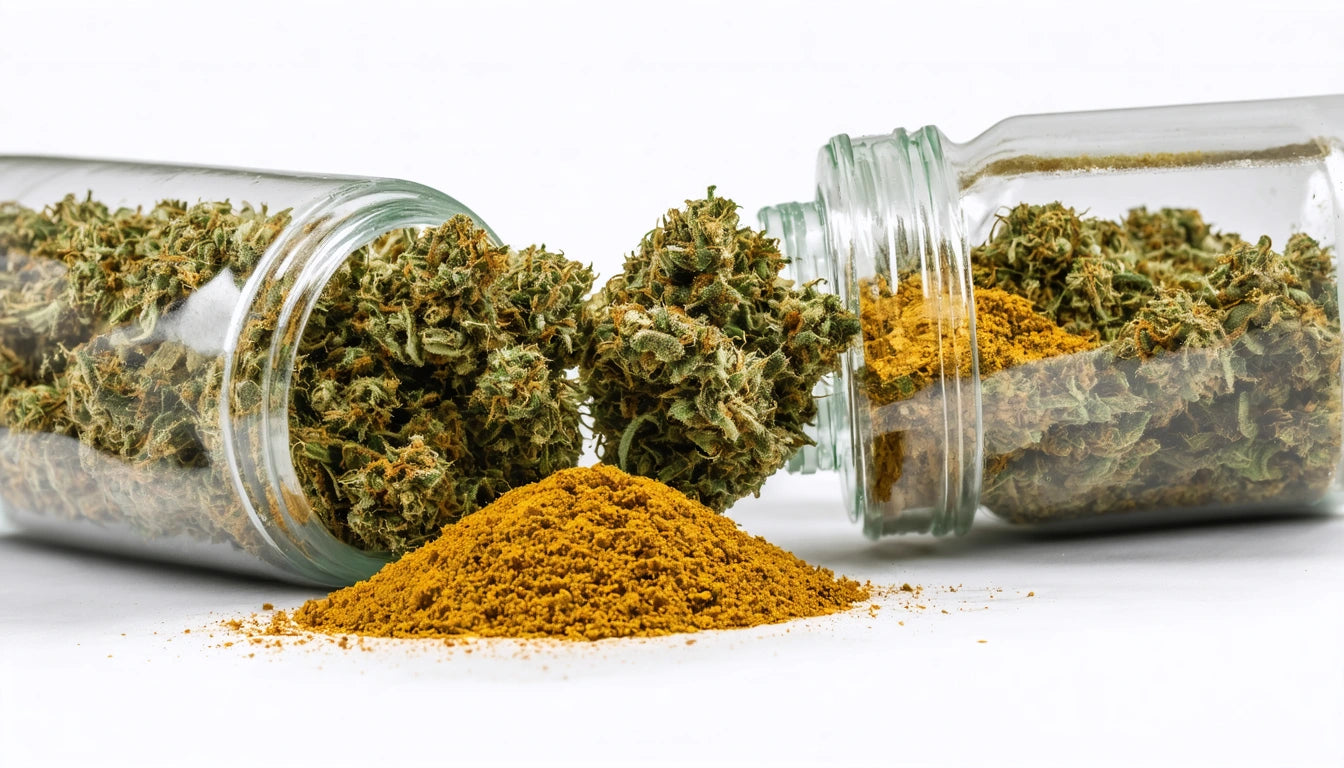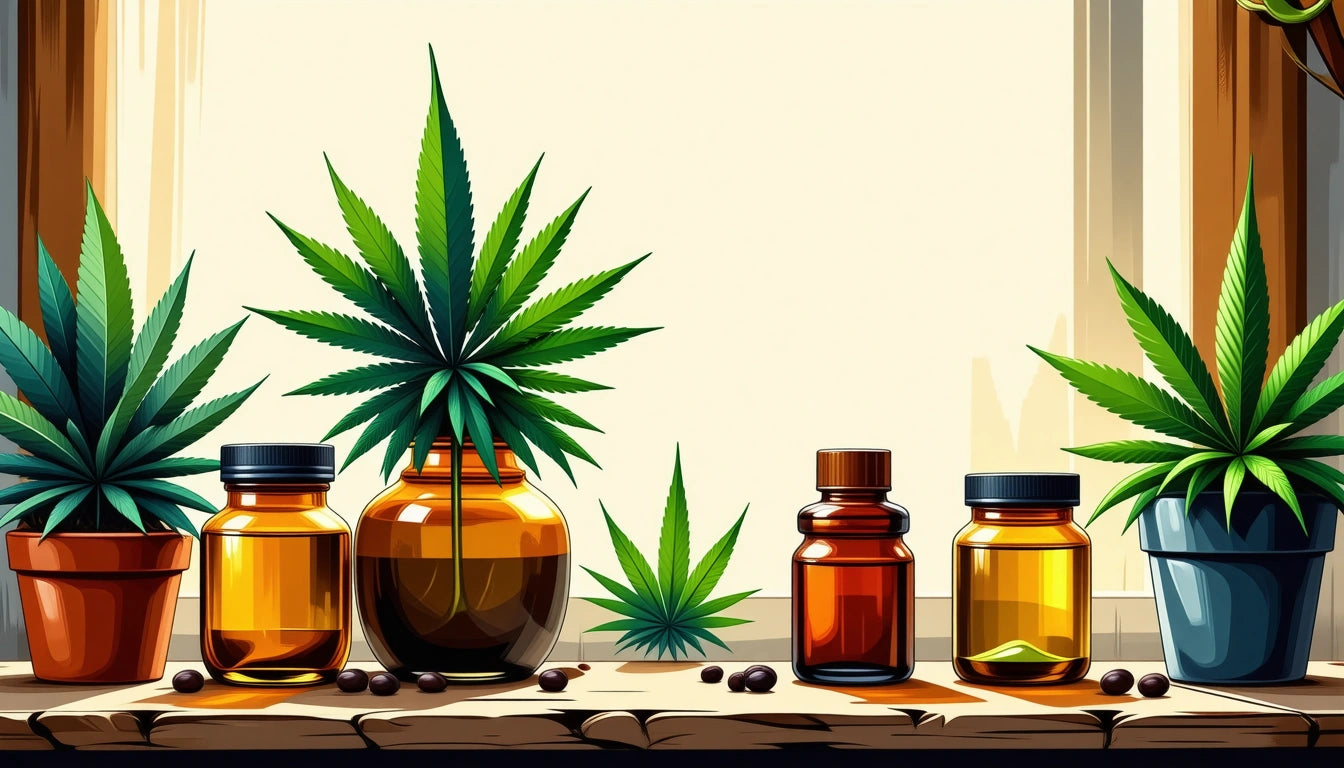Table of Contents
Understanding Hash: Composition, Production, and Its Connection to Marijuana
Hash, short for hashish, represents one of the oldest and most concentrated forms of cannabis. While many cannabis consumers are familiar with flower, hash remains somewhat mysterious to those new to cannabis culture. This comprehensive guide explores what hash marijuana is, how hash is made from weed, and why this concentrated form differs significantly from regular cannabis flower.
What is Hash Marijuana? Defining Hashish
Hash is a concentrated cannabis extract made by separating the resin glands (trichomes) from the plant material. These trichomes contain the highest concentration of cannabinoids and terpenes found in the cannabis plant. What is hash in weed terms? It's essentially the collected resinous trichomes that have been compressed into a solid form, ranging from soft and pliable to hard and brittle depending on production methods and age.
Unlike regular cannabis flower, hash typically appears as a brown to black substance, though colors can range from blonde to red depending on the starting material and production method. Hash differs from regular weed in both appearance and potency, typically containing higher concentrations of THC and other cannabinoids.
Composition of Hash: Trichomes and Cannabinoids
To understand what is in hash weed, we need to examine its primary component: trichomes. These tiny, crystal-like structures on cannabis plants contain:
- Cannabinoids (THC, CBD, CBN, etc.)
- Terpenes (aromatic compounds)
- Flavonoids (phenolic compounds)
- Plant oils and waxes
The concentration of these compounds makes hash significantly more potent than flower. While cannabis flower typically contains 15-25% THC, hash products can contain 40-60% THC or more, depending on quality and production methods.
According to research on hashish composition, the process of separating and concentrating trichomes not only increases potency but also alters the cannabinoid profile compared to the source plant material.
How is Hash Made from Weed: Production Methods
When exploring how hash is made from weed, several traditional and modern methods emerge:
Traditional Hand-Rolling Method
This ancient technique involves rubbing live or dried cannabis between hands, collecting the sticky resin that accumulates, and then rolling it into balls. This method is still practiced in regions like Morocco, Lebanon, and India.
Dry Sift Method
This process uses fine screens to separate trichomes from plant material. The plant matter is gently agitated over screens, allowing trichomes to fall through while larger plant material remains above. The collected kief is then pressed into hash.
Ice Water Extraction (Bubble Hash)
This modern method uses ice, water, and agitation to separate trichomes. The process takes advantage of the fact that trichomes sink in cold water while plant material floats. Detailed hash production guides show how specialized bags with different micron screens filter the material to collect trichomes of varying sizes.
Hash vs. Weed: Key Differences
Understanding what hash drugs are compared to regular cannabis flower helps clarify their distinct properties:
Potency Differences
Hash typically contains higher concentrations of cannabinoids than flower, making it more potent. This increased strength means consumers often need less product to achieve desired effects.
Appearance and Texture
While cannabis flower maintains its plant structure with visible buds, stems, and leaves, hash appears as a solid, resinous substance. Textures range from soft and malleable to hard and brittle depending on production methods, age, and storage conditions.
Flavor and Aroma Profiles
Hash often presents more complex and concentrated flavor profiles than flower. The concentration of terpenes creates distinctive aromas that can range from spicy and earthy to sweet and fruity. Marijuana composition studies show how these concentrated compounds create unique sensory experiences.
Hash Consumption Methods and Effects
What is hash weed used for? Hash can be consumed in various ways:
- Smoking: Added to flower in joints or pipes, or smoked alone in specialized pipes
- Vaporizing: Using appropriate temperature settings for concentrates
- Dabbing: High-temperature flash vaporization (primarily for more refined hash products)
- Edibles: Incorporated into foods after decarboxylation
Detailed guides on smoking hash provide insights into optimal consumption methods for different hash varieties.
The effects of hash typically mirror those of the source cannabis but with increased intensity and duration due to higher cannabinoid concentration. Users often report more pronounced effects on both body and mind compared to flower consumption.
Storage Considerations and Preserving Hash Potency
Proper storage is crucial for maintaining hash quality. Exposure to heat, light, and oxygen degrades cannabinoids and terpenes over time. For optimal preservation, store hash in an airtight, opaque container in a cool location.
Humidity control plays a vital role in hash preservation. Too much moisture can promote mold growth, while too little can cause hash to become brittle and lose terpenes. We recommend using humidity control packs designed for cannabis products to maintain ideal conditions and preserve the unique properties of your hash.
Understanding what hash marijuana is and how it's produced gives consumers valuable insights into this concentrated form of cannabis. Whether you're exploring traditional hashish or modern bubble hash varieties, appreciating the composition, production methods, and proper storage techniques enhances the overall experience with this ancient cannabis concentrate.











Leave a comment
All comments are moderated before being published.
This site is protected by hCaptcha and the hCaptcha Privacy Policy and Terms of Service apply.